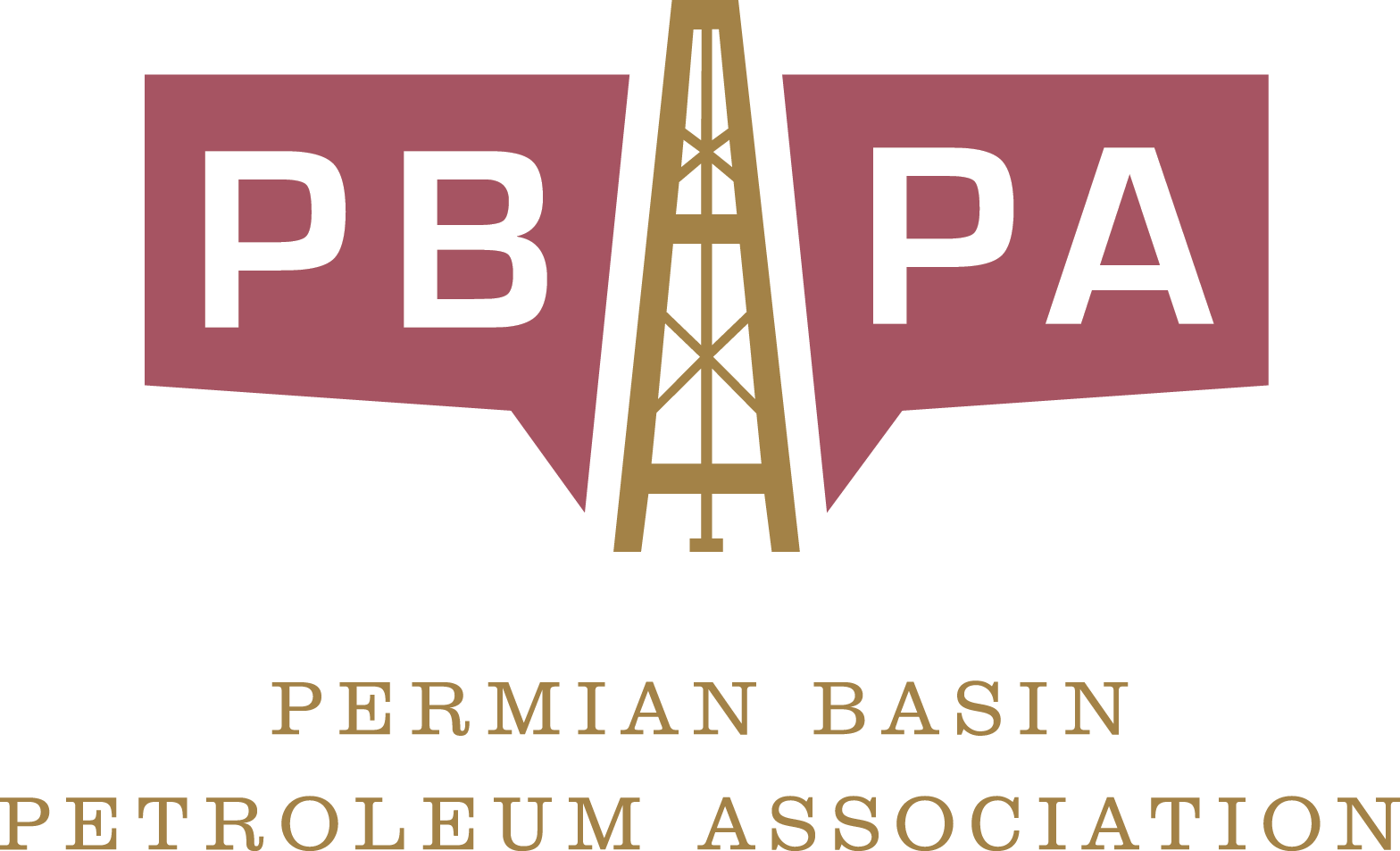
Report: Permian Basin emissions fall 20% since 2022 as output rises
October 14, 2025
Midland Reporter-Telegram
by Mella McEwen
Even as Permian Basin producers were bringing more oil and natural gas to the surface, they were eliminating even more emissions from their operations.
A new report from S&P Global Commodity Insights found absolute greenhouse gas emissions from the Permian Basin declined every year since 2022 even as production reached record levels.
The report found absolute greenhouse gas emissions from the Permian declined by 25 million metric tons of carbon dioxide equivalent, or MMt CO2e, during the years 2022-24 — a 20% reduction during a period when oil and gas production increased by the equivalent of 500,000 barrels per day.
The report added that although GHG intensity of oil and gas activity — the ratio of emissions per barrel produced — in the basin has consistently declined over the past several years, the reduction in absolute emissions during a period of production growth was a surprise.
“This is a whole new ballgame,” said Kevin Birn, head of the Center for Emissions Excellence at S&P Global Commodity Insights, in the analysis. “Major Permian producers have a long track record of improvements from an emissions per barrel standpoint, but at the end of the day more barrels produced typically means more emissions. However, over the past few years in the Permian, more barrels came with lower emissions. It’s a have-your-cake-and-eat-it-too moment.”
“Permian Basin Petroleum Association members are continuously working on practices and technologies that help further reduce waste and best develop natural resources in the Permian Basin. This includes working to ensure products are entered into the market and done so with the most efficiency possible,” Ben Shepperd, PBPA president, told the Reporter-Telegram by email.
He continued, “It is no surprise that through individual actions and partnerships with groups like the Texas Methane and Flaring Coalition, oil and gas operators are continuing to see emissions reductions.”
According to the analysis, the biggest factor in the overall emissions reduction has been the improved detection and mitigation of methane, the analysis says. Methane, a more potent greenhouse gas, accounts for about two-thirds of total emissions in the Permian.
Previous S&P Global Commodity Insights reports found improved operations, better equipment and the utilization of artificial intelligence and other advanced technologies reduced the methane intensity of Permian production by more than 50% during the 2022-2024 period. The scale of methane reduction outpaced production growth, leading to a decline in absolute emissions.
“The introduction of higher quality observational data in recent years not only establishes a more credible baseline against which to measure emissions mitigation, it enables technologies and practices that allow producers to improve those efforts, or to even anticipate and prevent emissions altogether,” said Raoul LeBlanc, vice president of Global Upstream at S&P Global Commodity Insights, in a statement. “Data show methane emissions management is being increasingly normalized as part of field operations and that is driving methane down.”
The new analysis — which includes methane and carbon dioxide emissions to provide a more complete assessment of the GHG emissions for the Permian — finds the basin produced nearly 11 million barrels of oil with an average GHG intensity of 22 kilograms of carbon dioxide equivalent per barrel of oil equivalent produced.
The estimate of Permian emissions includes carbon dioxide, nitrous oxide and methane emissions of upstream oil and gas operations. Coverage includes all drilling and completions, including natural gas and diesel combustion, operations, electricity imports and flaring and fugitive emissions across the three main Permian plays: Wolfcamp Midland, Wolfcamp Delaware and Bone Springs. Midstream transportation emissions are not included.
